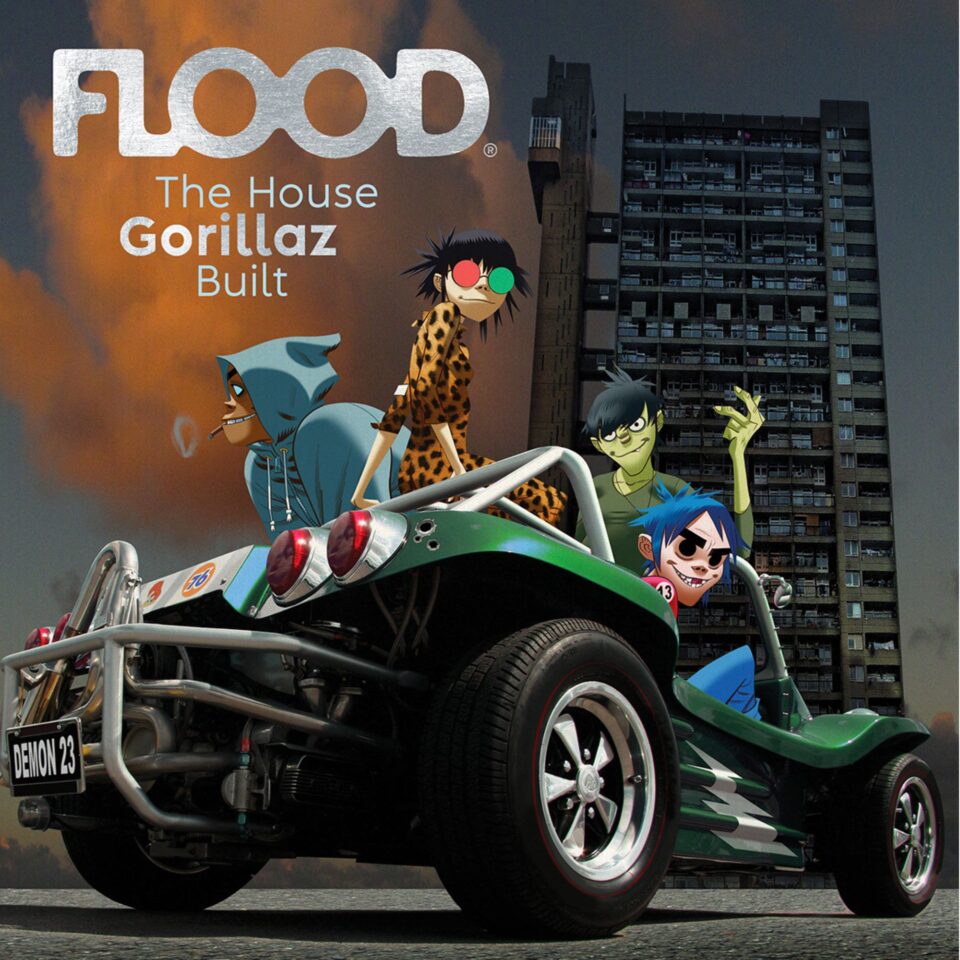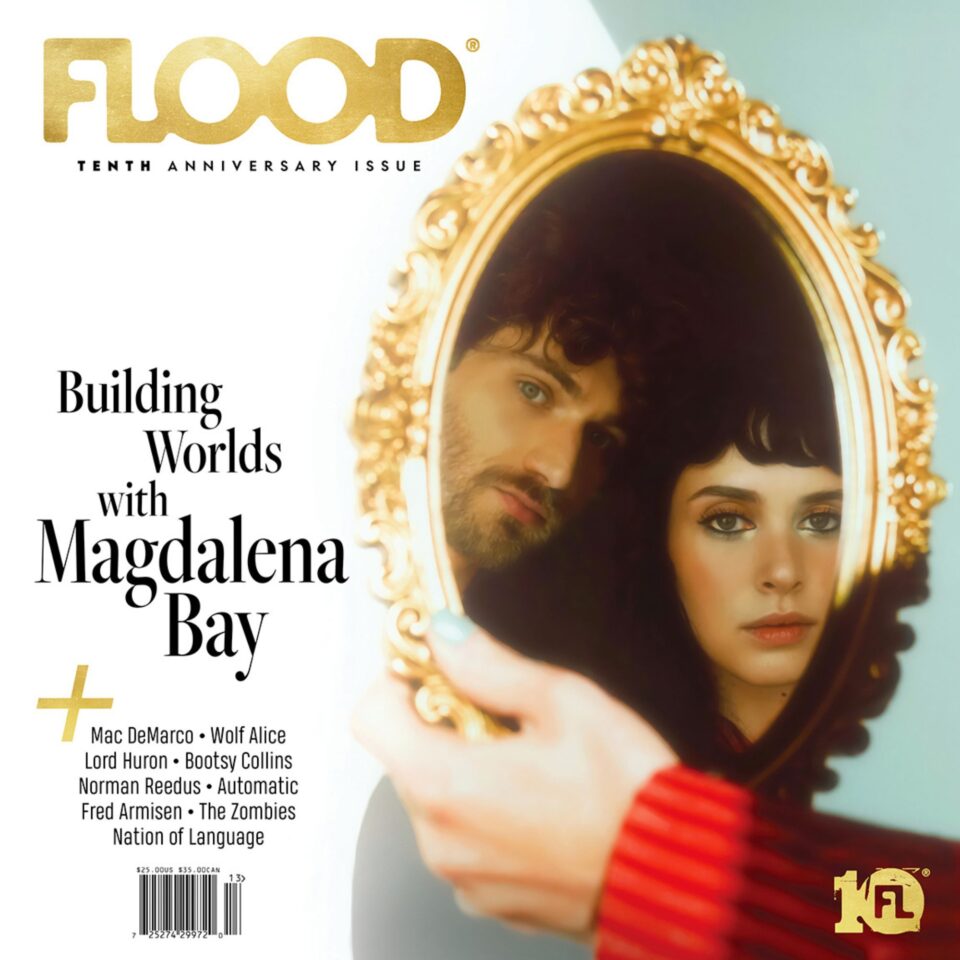Celebrate our tenth anniversary with the biggest issue we’ve ever made. FLOOD 13 is deluxe, 252-page commemorative edition—a collectible, coffee-table-style volume in a 12″ x 12″ format—packed with dynamic graphic design, stunning photography and artwork, and dozens of amazing artists representing the past, present, and future of FLOOD’s editorial spectrum, while also looking back at key moments and events in our history. Inside, you’ll find in-depth cover stories on Gorillaz and Magdalena Bay, plus interviews with Mac DeMarco, Lord Huron, Wolf Alice, Norman Reedus, The Zombies, Nation of Language, Bootsy Collins, Fred Armisen, Jazz Is Dead, Automatic, Rocket, and many more.
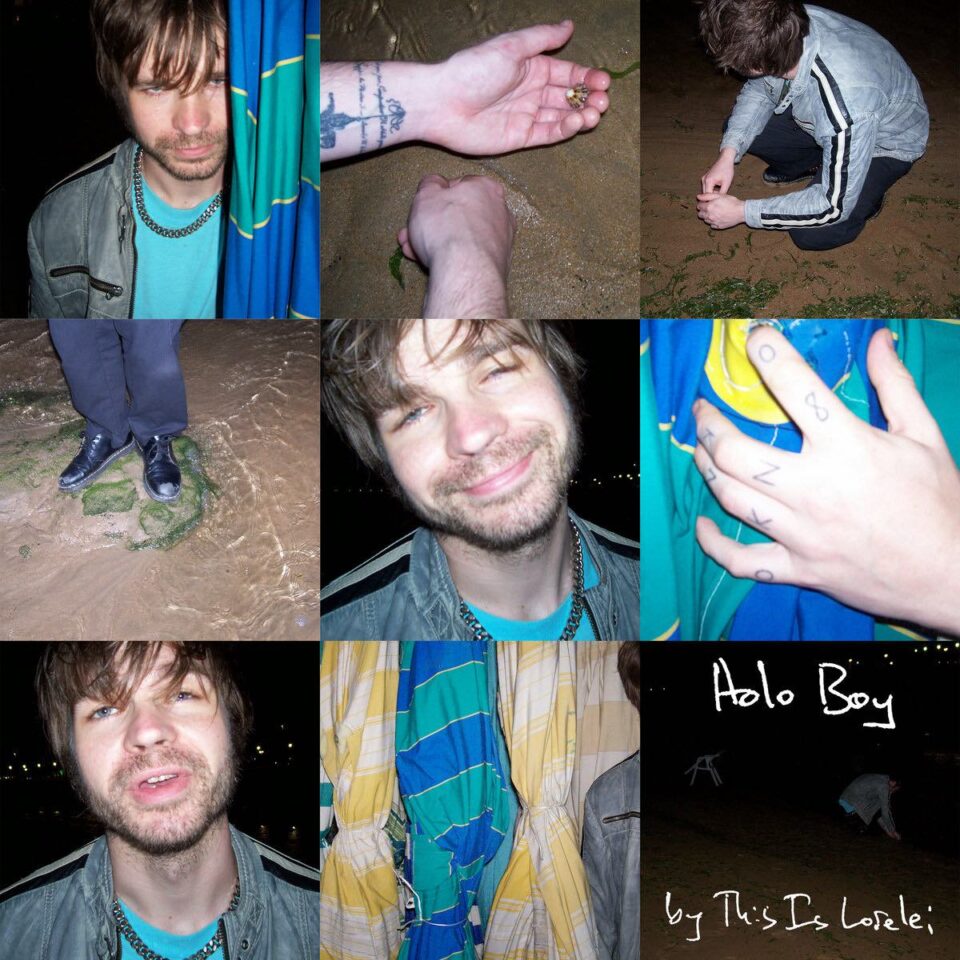
This Is Lorelei, Holo Boy
Water From Your Eyes’ Nate Amos digs into his back catalog of nearly 70 releases shared over the last 12 years, revealing his humble beginnings and the seeds of last year’s breakout LP.
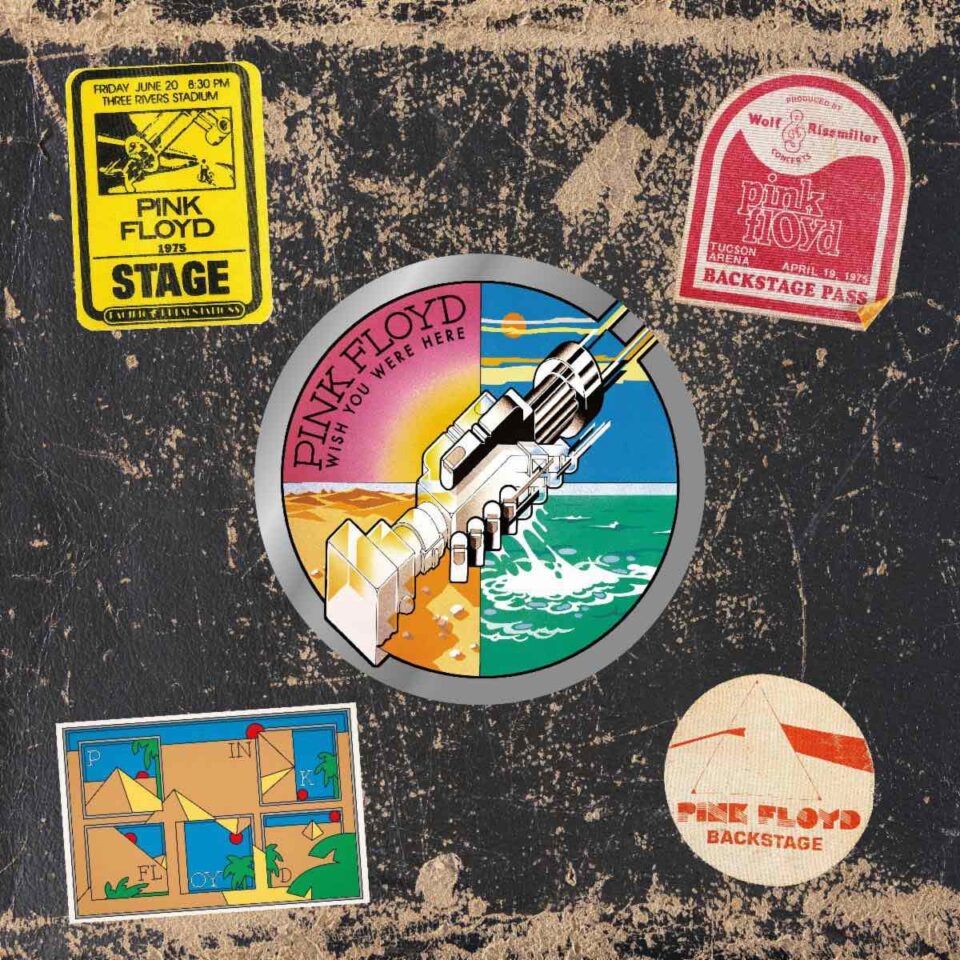
Pink Floyd, Wish You Were Here 50
This box set repackages the languid yet damaged follow-up to the band’s breakout success, with its true star being the massive-sounding bootleg of a 1975 live show at LA’s Sports Arena.

Blur, The Great Escape [30th Anniversary Edition]
Packed with era-appropriate B-sides, this release celebrates the Britpop quartet in their last gasp of opulent orchestration as they moved into lonely disillusionment and reserved distance.
Kyle MacKinnel

Following one of his largest-ever solo shows, the street art icon reflects on how he got here.

As time marches violently on, John Maus is seeming less and less a bursting aggro-eccentric and more and more the sane elder dwelling at the end of the hall.

With Archy Marshall, the question was never “if” but rather “when,” and thanks to “The OOZ,” the answer is firmly “now.”
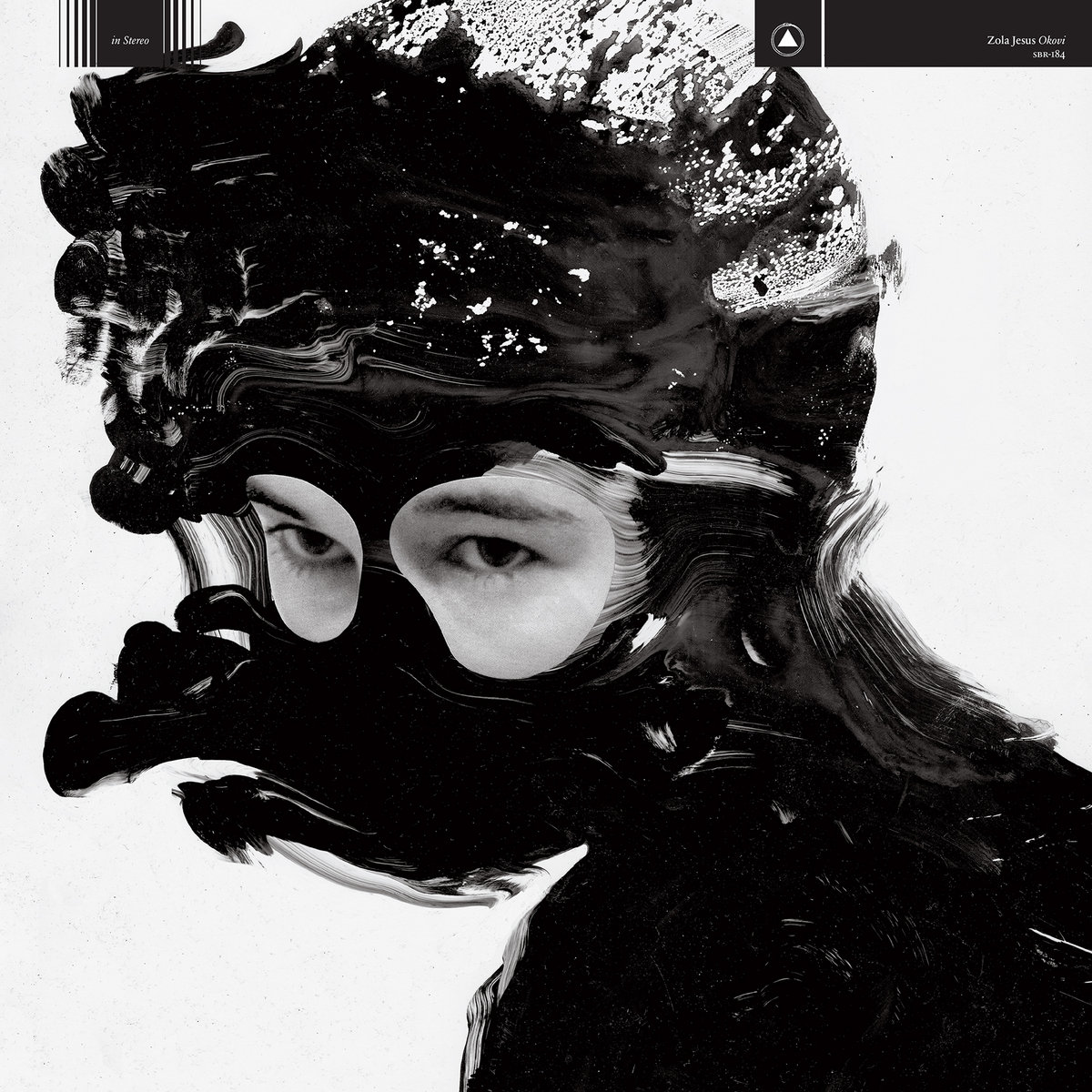
Nika Danilova returns to her roots.
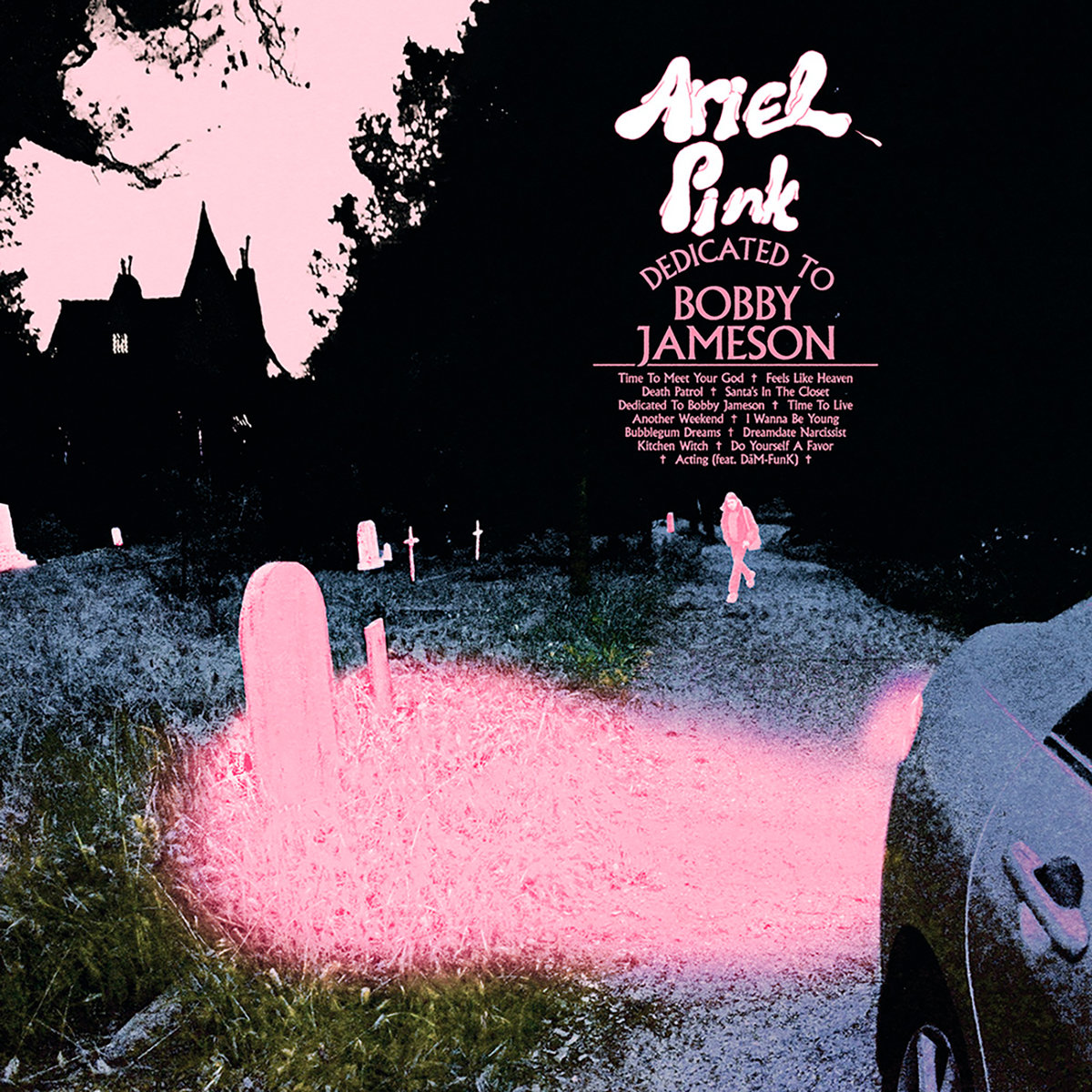
Once again, the man born Ariel Rosenberg manages to trudge through his own pink slime just in time to catch a glimpse of the gray sunset.
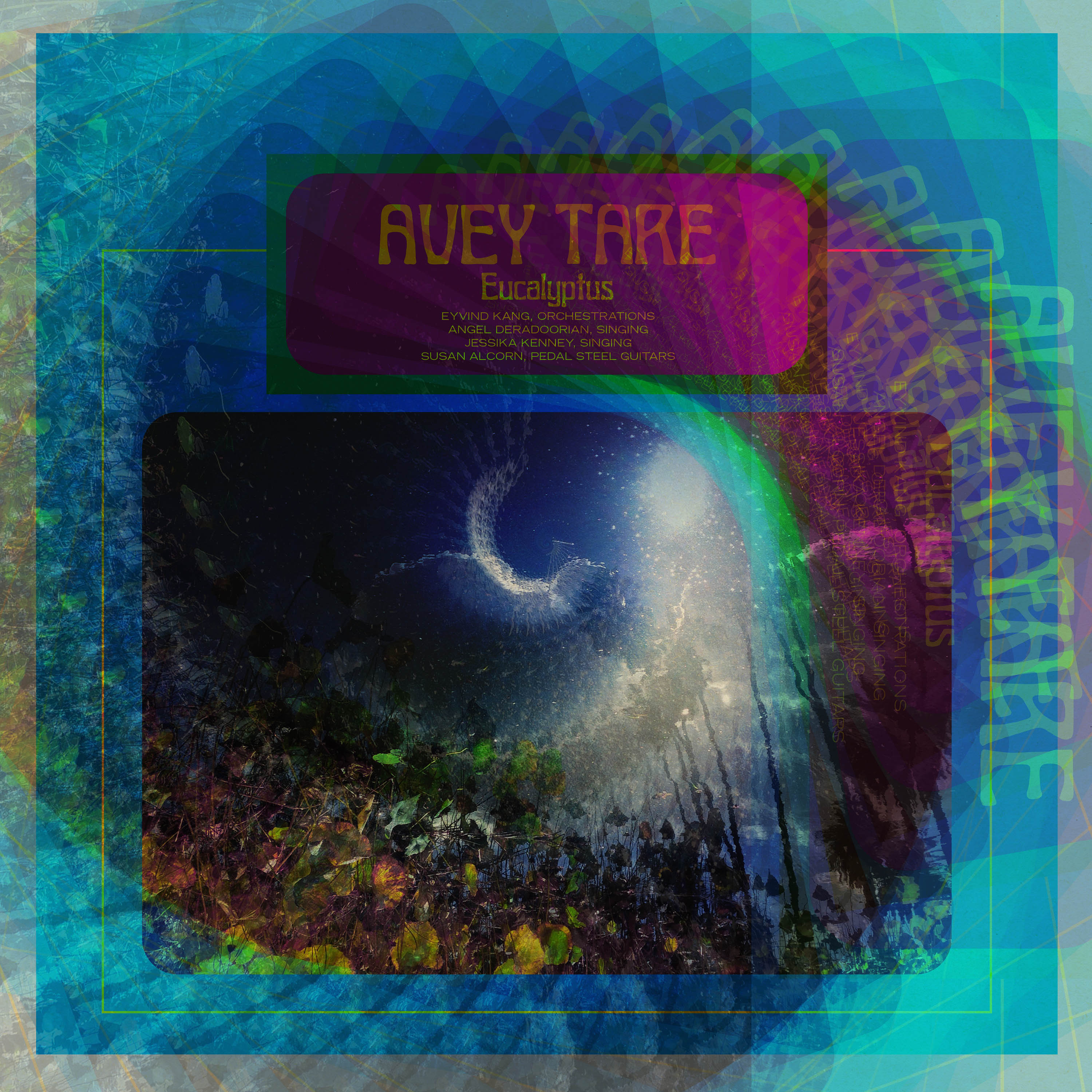
On the Animal Collective leader’s latest solo effort, there’s still dense canopy to explore.
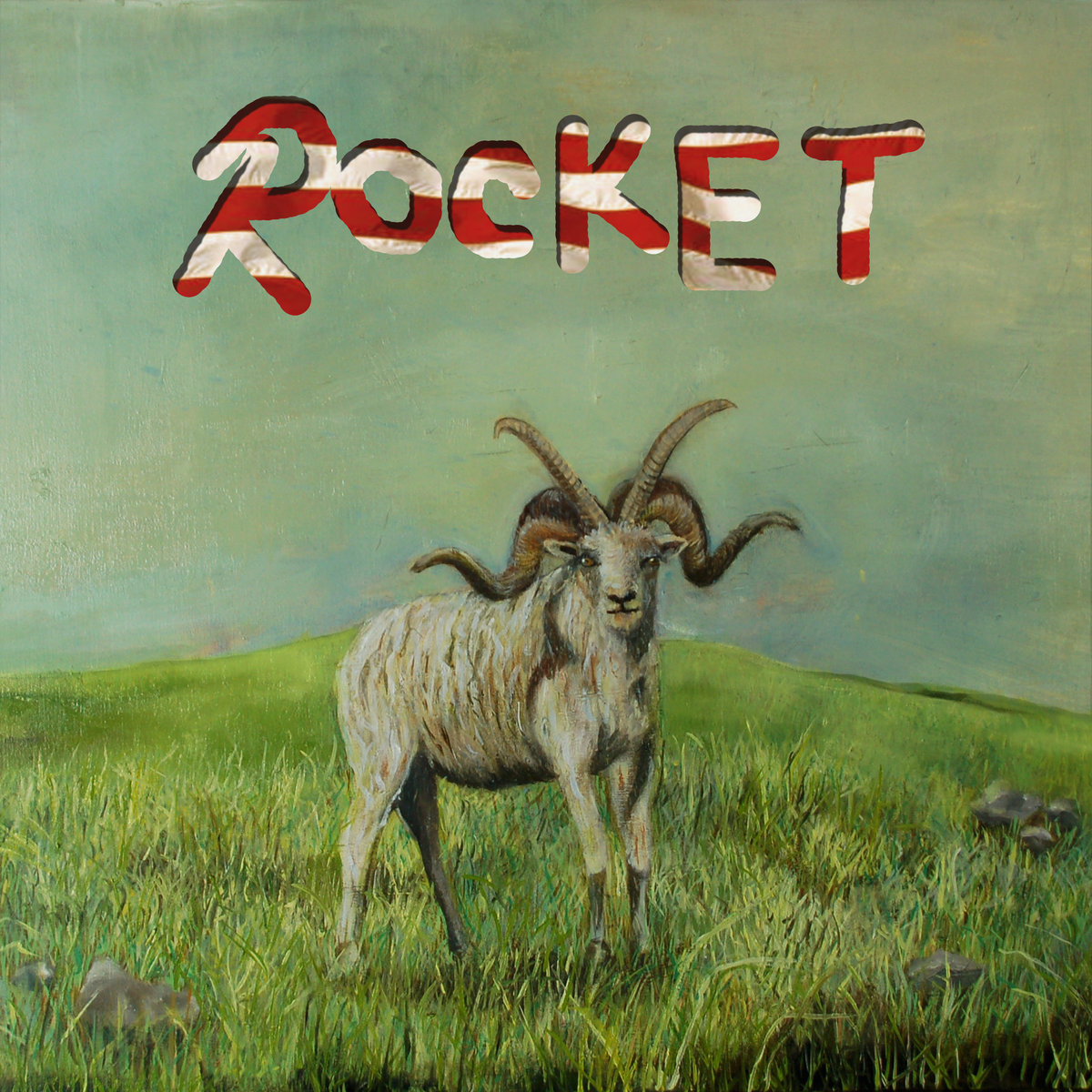
“Rocket” exemplifies its titular action by transcending the humility of its maker’s introverted demeanor and relatable voice.
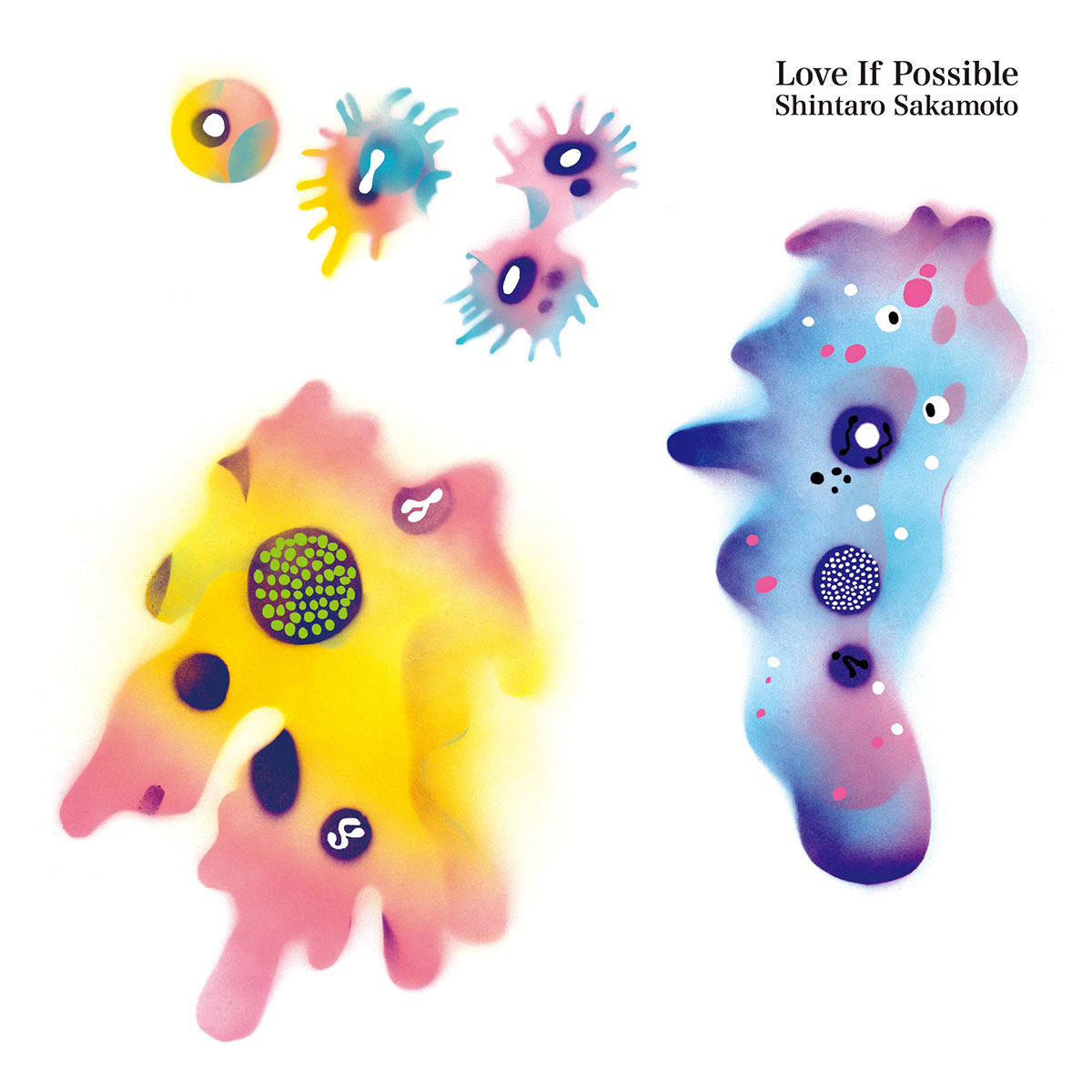
Sakamoto leans on the pedal steel as an ambient vessel, spiraling lines around spines of melodic, moody bass.

Leaning somewhat away from trip-hop and toward the more ambient stimuli of his surroundings, Simon Green sounds like he’s in transition, captured between two established ecosystems.
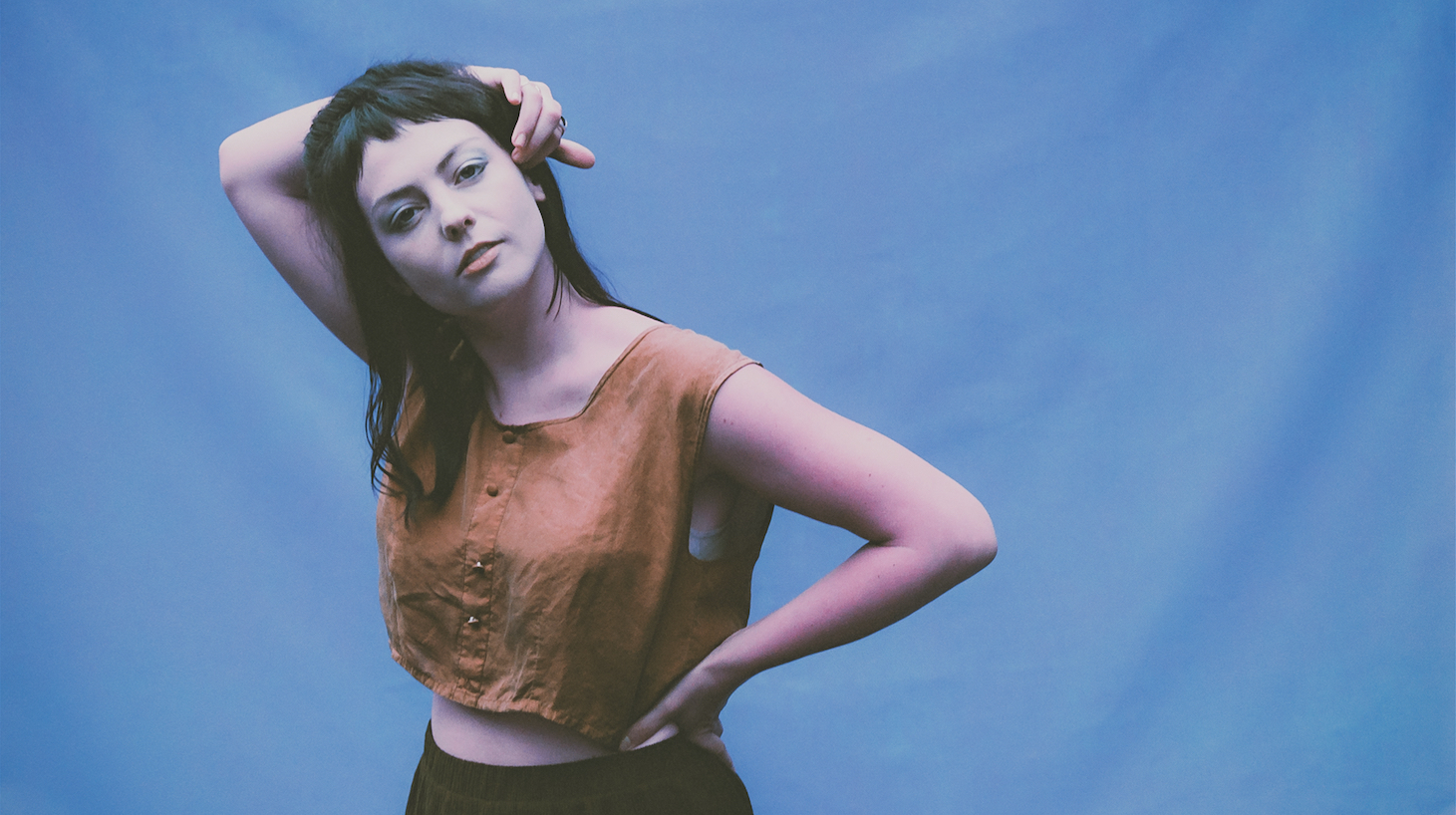
Angel Olsen. 2016. cred Brantley Gutierrez
After responding to initial fame and acclaim by moving to a small town, Angel Olsen has quickly solidified herself as one of the brightest lights in music. And with “My Woman,” her new LP, she’s ready to present who she truly is—whether you want to run up that hill with her or not.
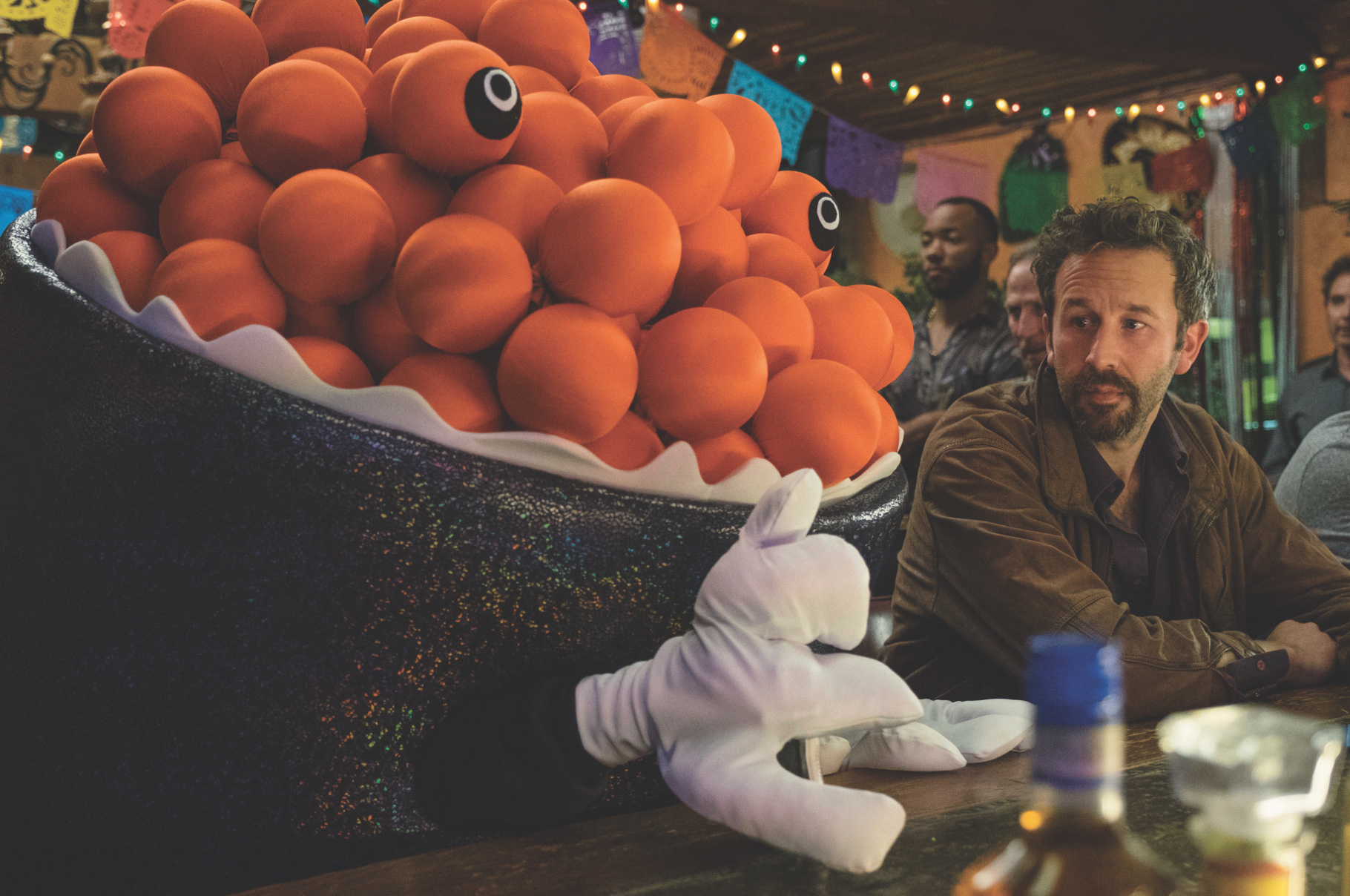
Exploring the director’s universe with Fred Willard, Bob Balaban, and Ed Begley Jr.
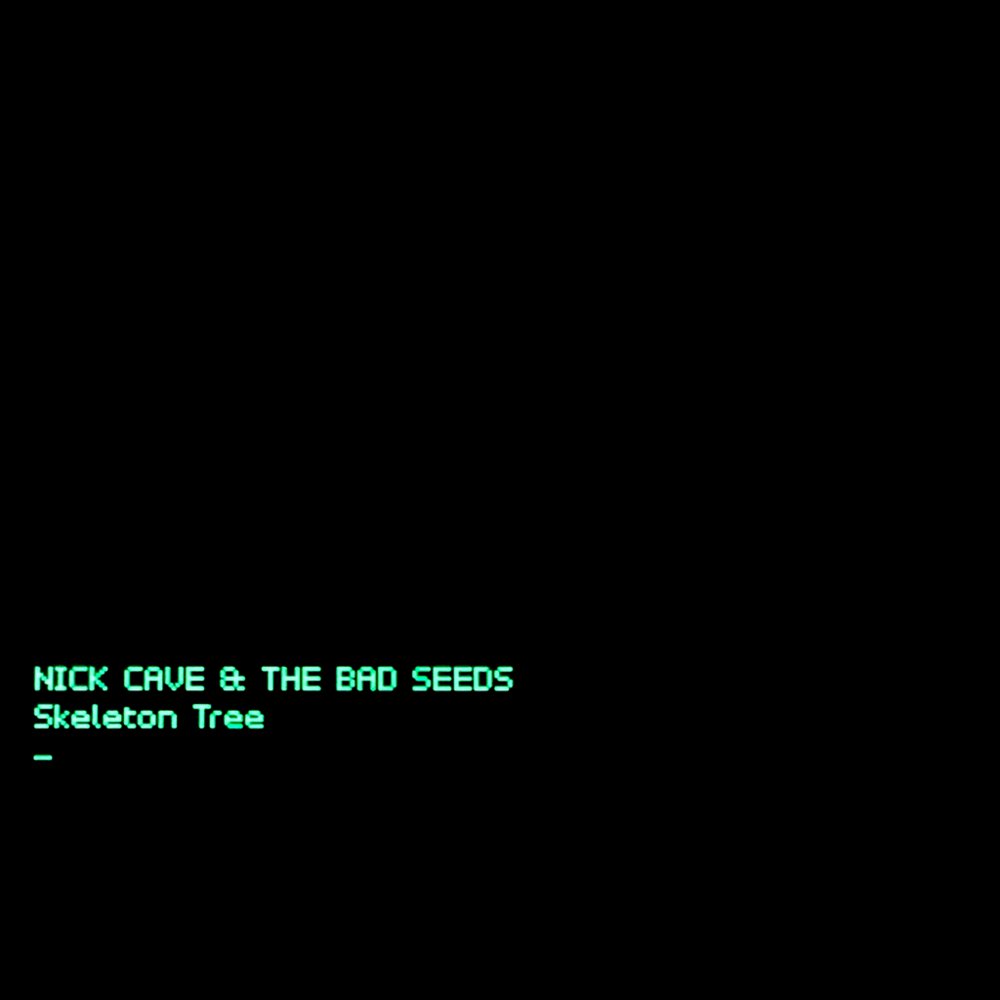
Imagery of biblical proportion has long been a staple of a proper Bad Seeds record, but never has it felt so unavoidably personal.
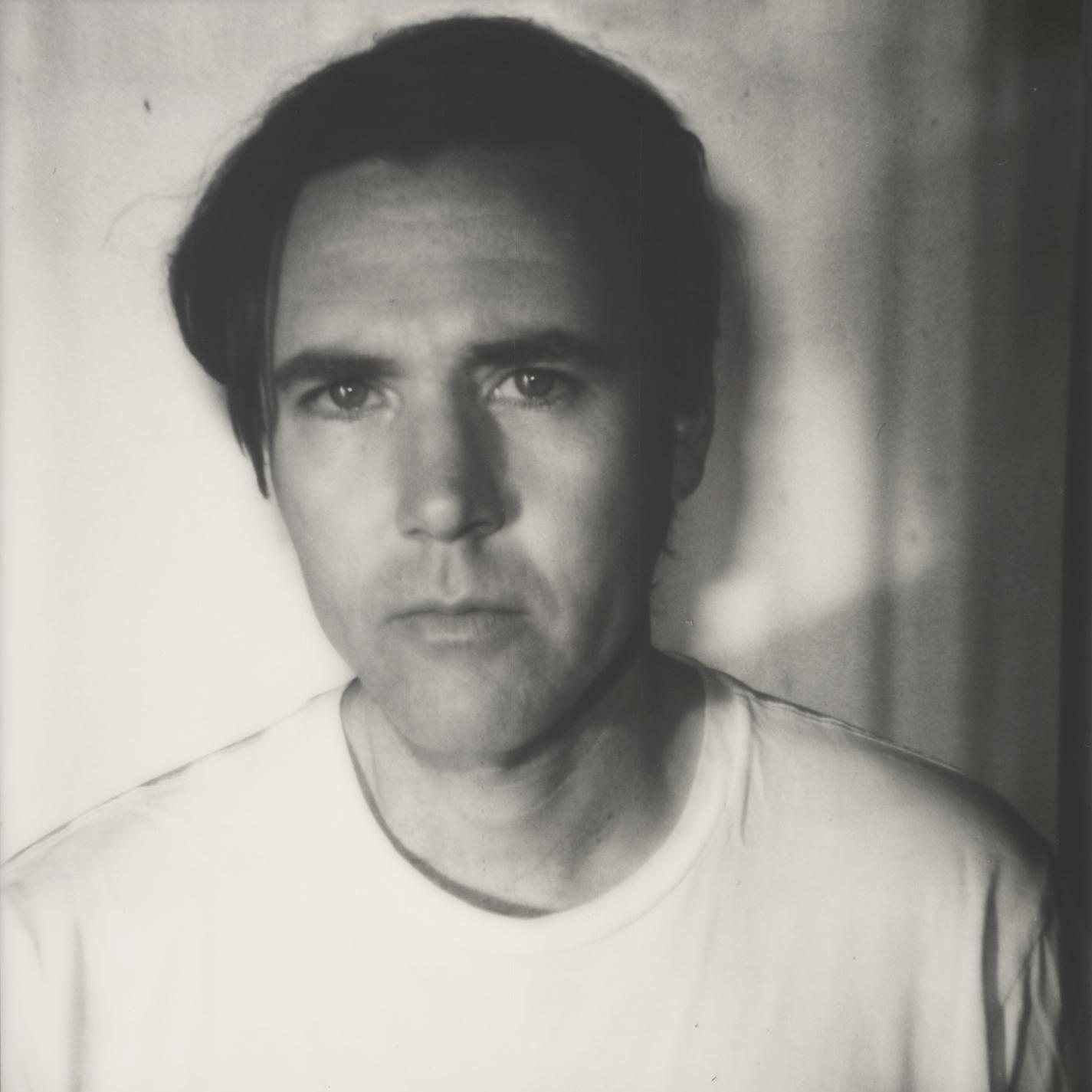
Cass McCombs’s eighth album is also his most cohesive since 2011’s “Wit’s End.”
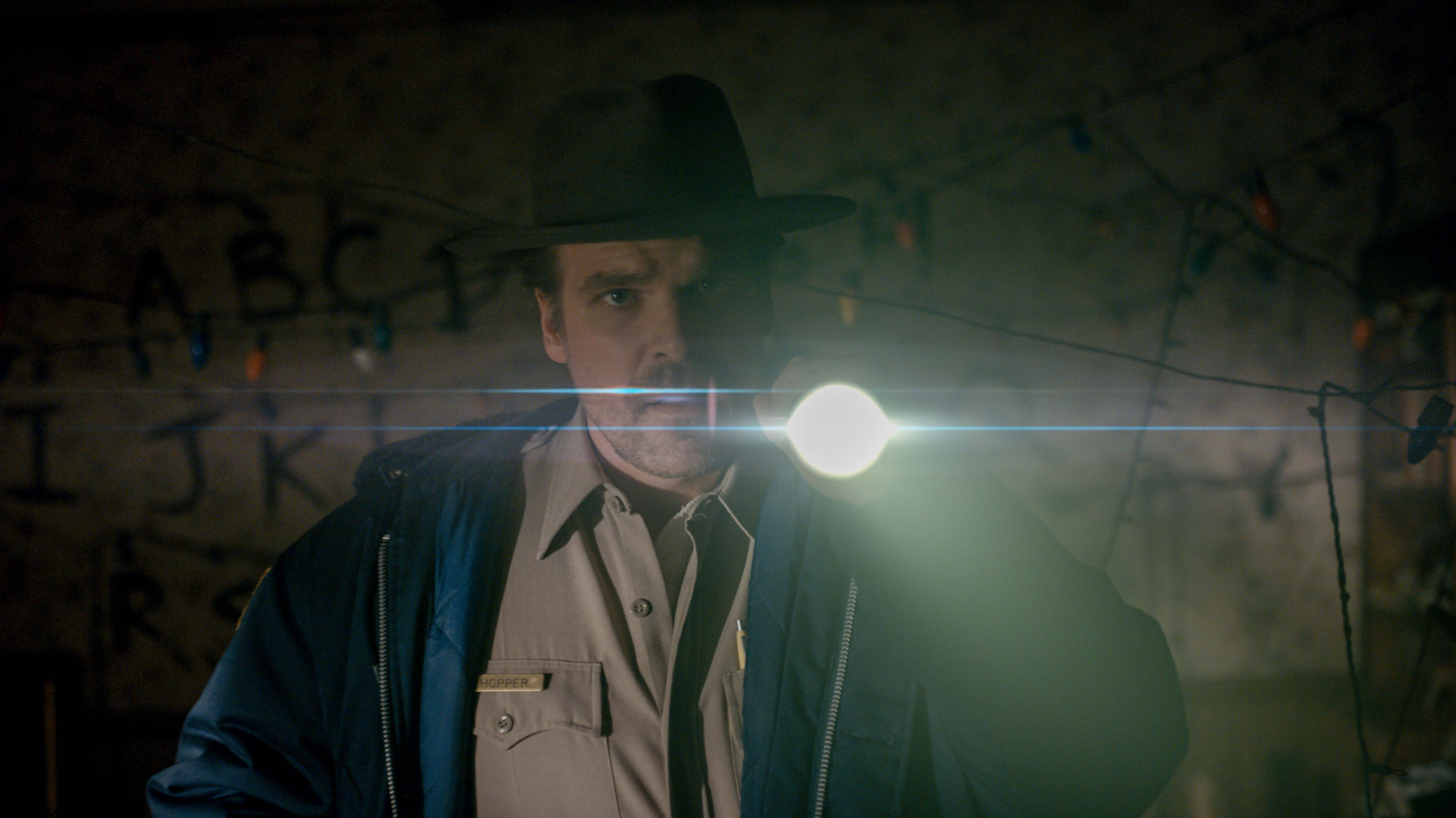
Stranger Things
The star of Netflix’s throwback thriller chats about working with Winona Ryder, tragedy, and suspending disbelief long enough to love working in horror.
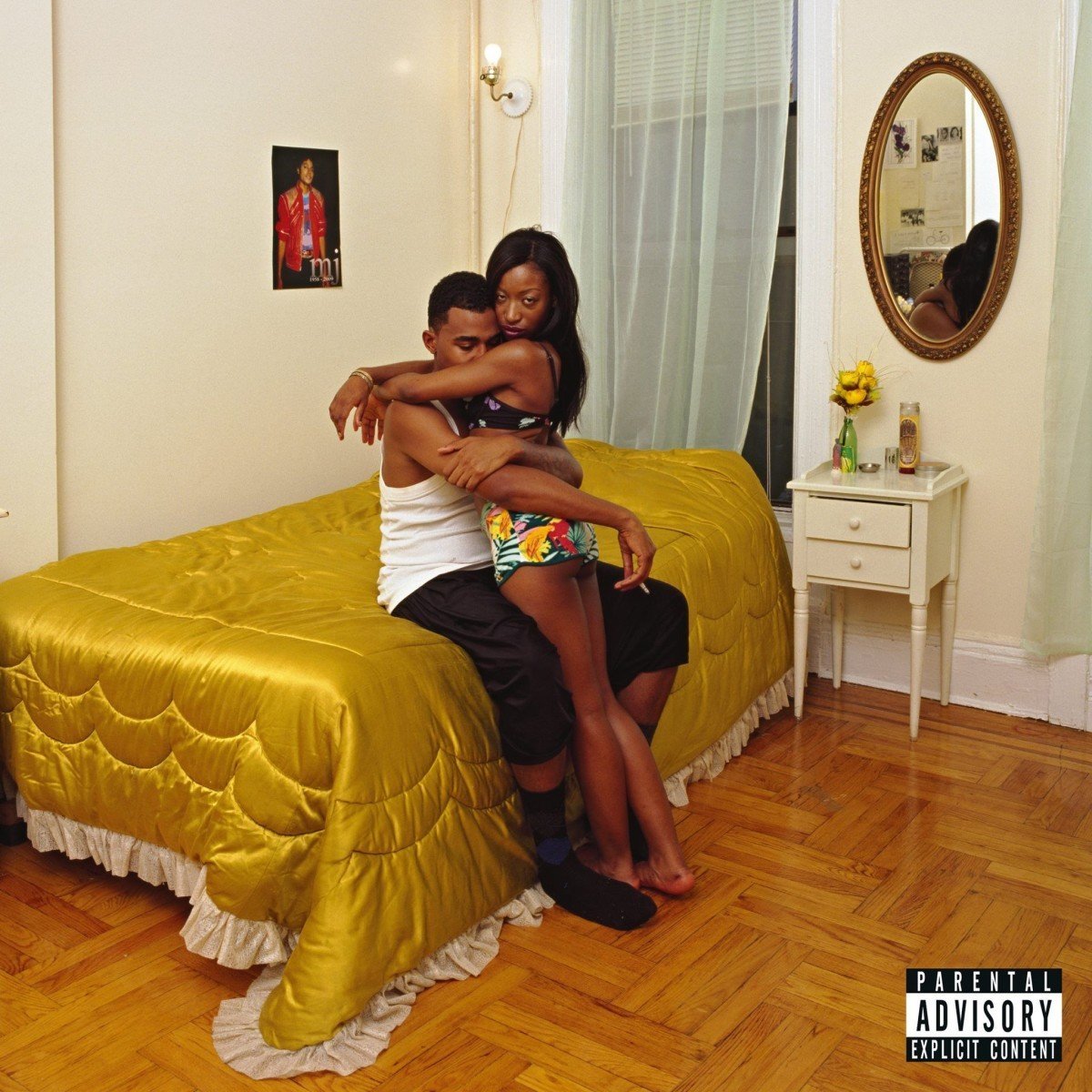
Dev Hynes grieves and rallies in equal measure on his most ambitious and successful work to date.
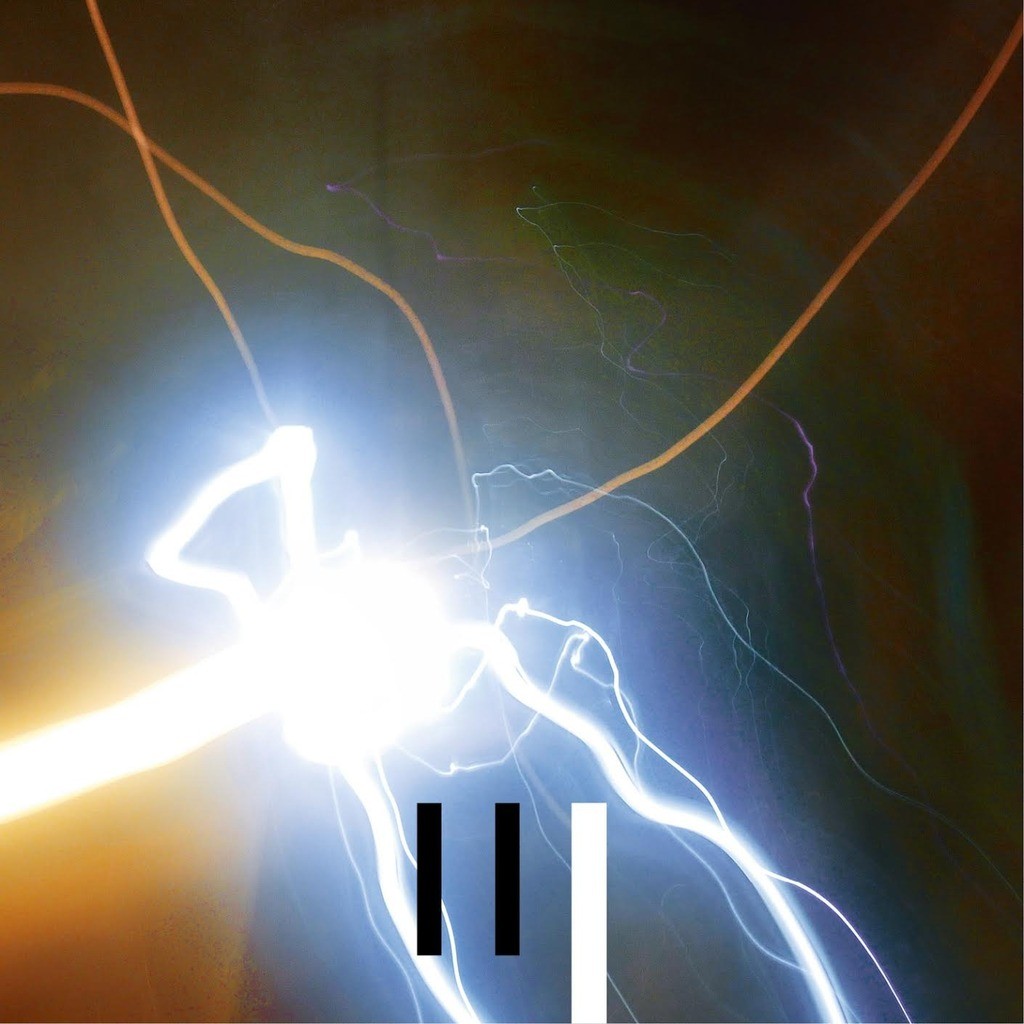
Pantha du Prince “The Triad”
Hendrik Weber’s latest solo effort is a “much more personal” experience for the German electronic musician.

Bayonne / photo by Dustin Cohen
Roger Sellers abandoned life as a composer for pop music. If only it were that easy.

2016. Grace Mitchell cred Lyndsey Byrnes
Cooking up something good with the eighteen-year-old phenom on the heels of her latest EP “Raceday”—and ahead of much more.
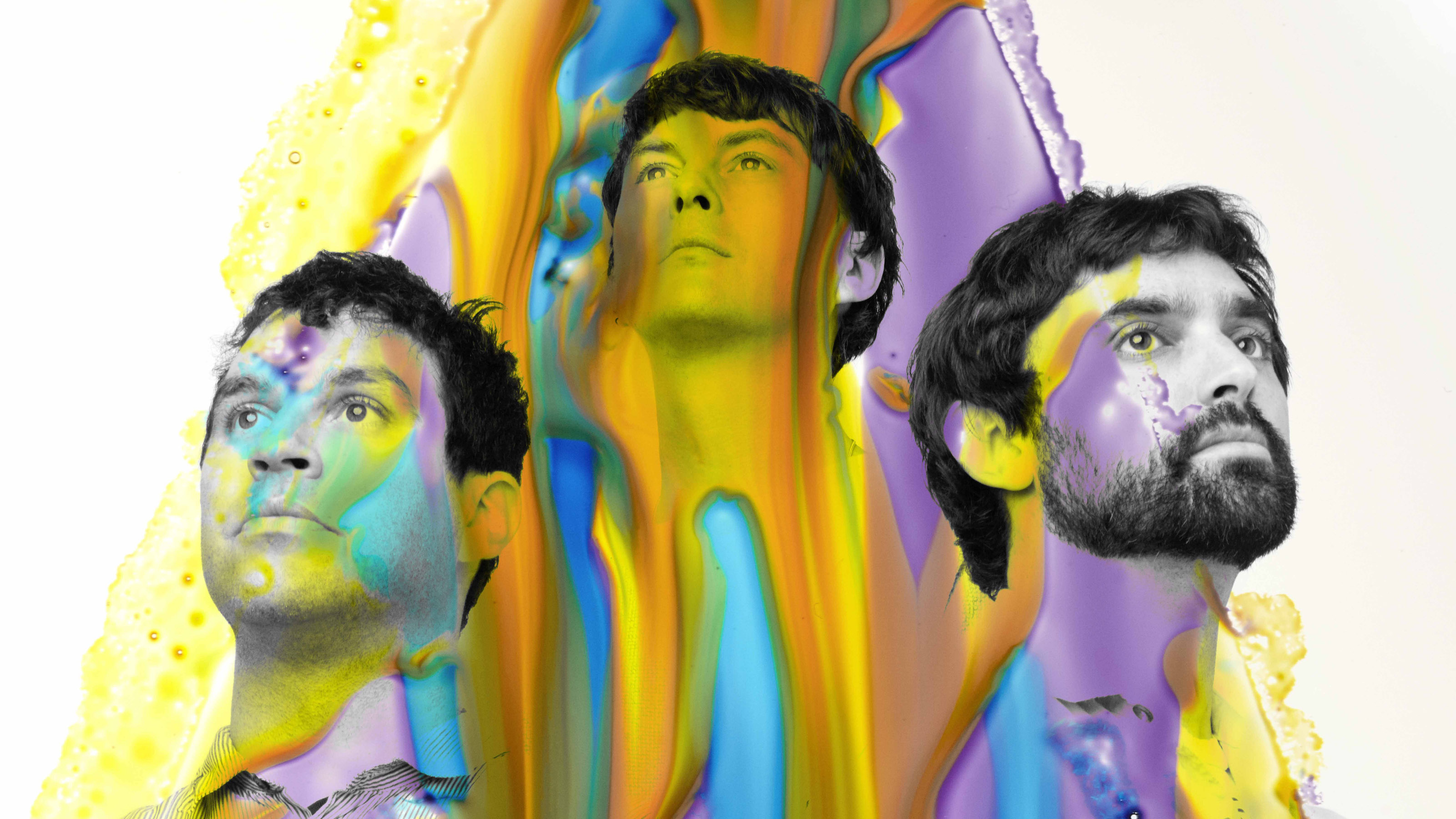
Animal Collective 2016 / photo by Tom Andrew
As the world’s most unlikely pop group prepares to release their eleventh album, Avey Tare, Panda Bear, and Geologist spill a little paint.
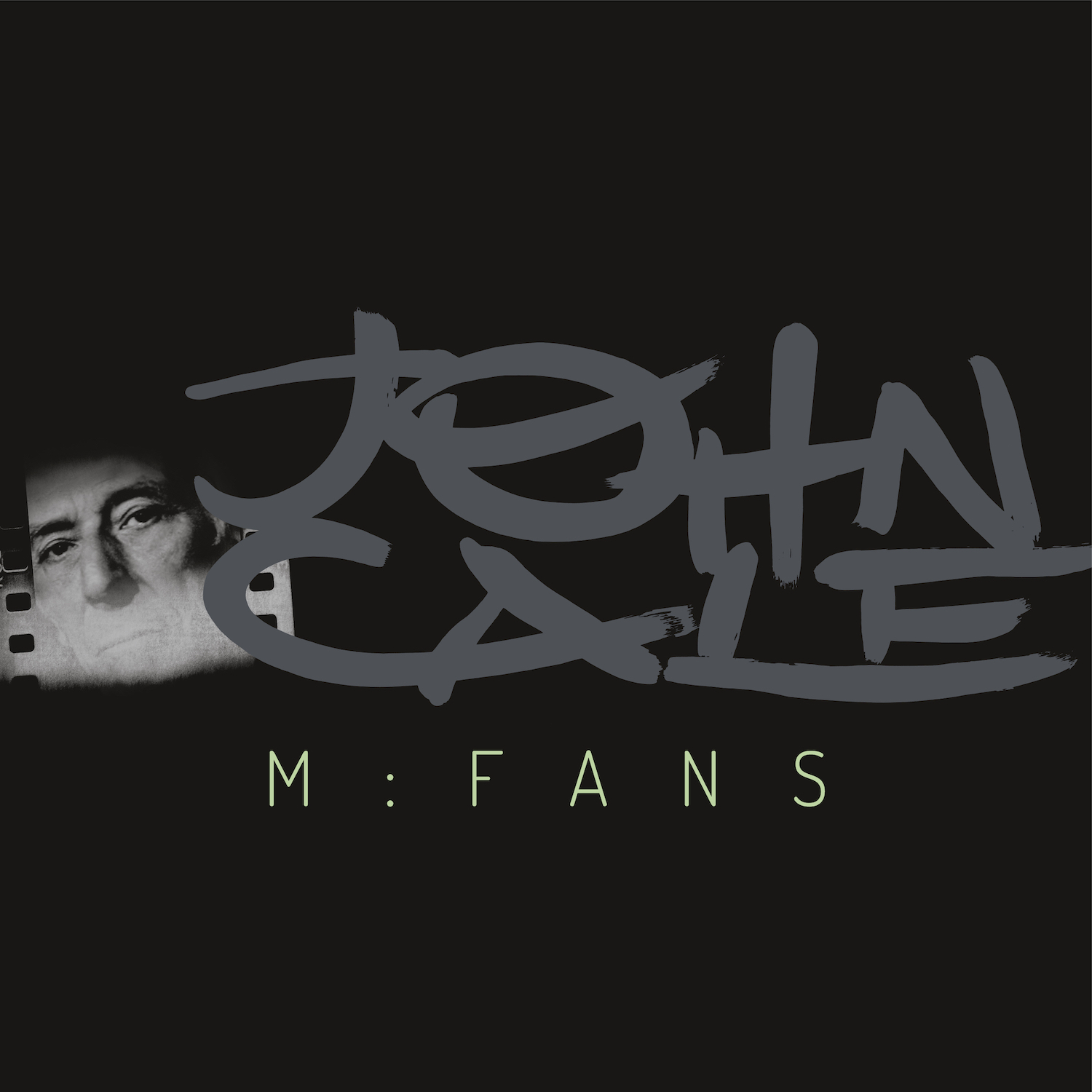
2016. John Cale M:FANS cover hi-res
Despite the good intentions behind this resuscitation of “Music for a New Society,” the unwelcome occupation of those ultra-weighty spaces between renders “M:FANS” a head-scratching exercise in post-analog experimentation.

